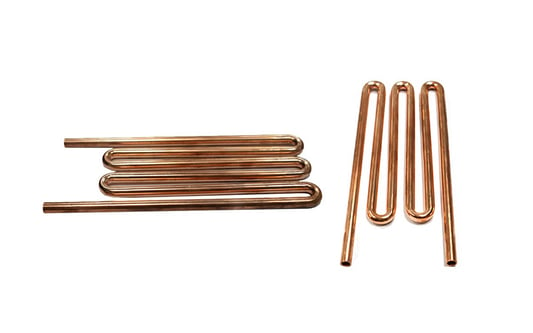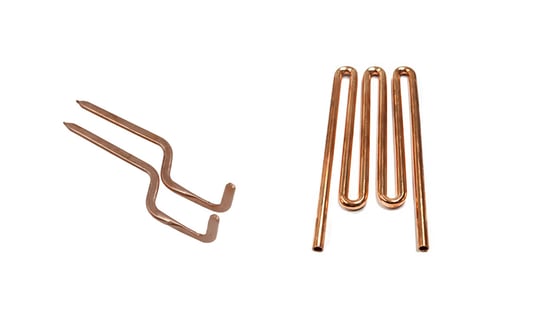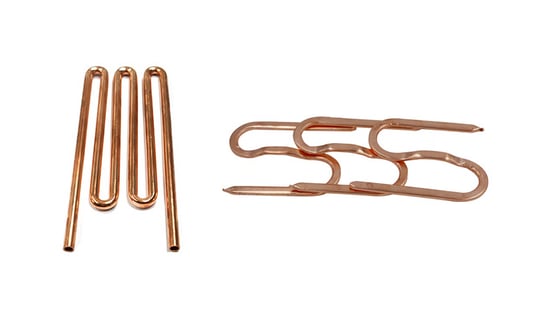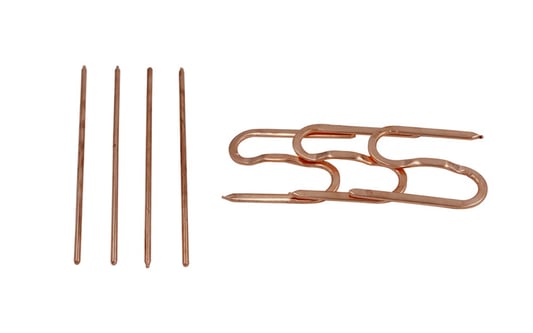Understanding Thermal BridgesThermal bridges are areas in a building's structure where heat is easily transferred, leading to unwanted temperature variations. These bridges can occur through materials with high thermal conductivity, such as metal beams or concrete slabs.Spot Cooling SolutionsSpot cooling is a method of cooling specific areas within a building without having to lower the temperature of the entire space. This can be achieved by using fans, portable air conditioners, or other localized cooling devices.Energy Efficiency BenefitsBy addressing thermal bridges and implementing spot cooling solutions, buildings can become more energy-efficient. Spot cooling allows for targeted cooling where it is needed most, reducing the overall energy consumption of a building.Comfort and ProductivitySpot cooling can improve the comfort levels of occupants by providing relief in areas that tend to get warmer than others. This can lead to increased productivity and satisfaction among building occupants.Preventing Mold and Moisture IssuesThermal bridges can also lead to condensation and moisture buildup in a building, which can create ideal conditions for mold growth. Spot cooling helps to regulate temperatures and prevent these moisture-related issues.Types of Thermal BridgesThere are two main types of thermal bridges: repeating and non-repeating. Repeating thermal bridges occur regularly throughout a building's structure, while non-repeating thermal bridges are more sporadic and localized.Materials and ConstructionThe materials used in a building's construction can have a significant impact on the presence of thermal bridges. By choosing materials with low thermal conductivity, builders can reduce the likelihood of thermal bridging.Insulation SolutionsProper insulation is essential for addressing thermal bridges. By adding insulation to areas prone to heat transfer, builders can minimize the impact of thermal bridges and improve the overall energy efficiency of a building.Professional AssessmentIt is recommended to consult with a professional to assess the thermal bridges in a building and determine the best spot cooling solutions. A thorough assessment can identify problem areas and help implement effective cooling strategies.ConclusionThermal bridges are a common issue in buildings that can lead to energy inefficiency and comfort problems. By implementing spot cooling solutions and addressing thermal bridging, buildings can improve energy efficiency, comfort levels, and overall indoor air quality.Quote Inquirycontact usFactory










